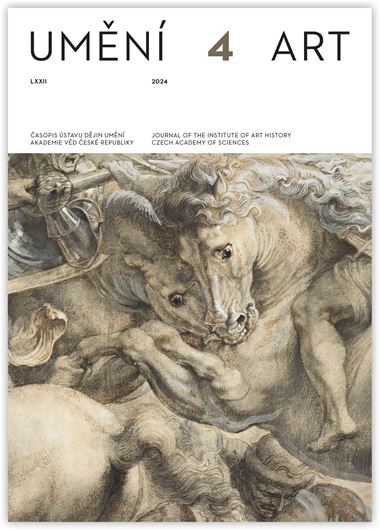Francesca Bottura
Between Baroque and the High Renaissance: Two Theoretical Concepts from the Thought of Max Dvořák
Within the historical-critical reflection advanced by Max Dvořák in the field of Geisteswissenschaften and cultural history, Italian art, and especially Italian Renaissance art, assumes a key role to an artist in his expression of the Zeitgeist in the age of profound transformations in the initiation of a “subjective” vision of the work of art with significant implications for the centuries to follow. Two major posthumous publications, edited by Dvořák’s students Johannes Wilde and Karl M. Swoboda, are devoted to the Renaissance: Geschichte der italienischen Kunst im Zeitalter der Renaissance, I and II. The first volume (1927) focuses on the 14th and 15th centuries, the second one (1928) on the 16th century, albeit with extensive spill over into the 17th century. The chronological division, and the choice to include the 14th century and in the same time excluding the 18th century, is significant for investigating related terms and concepts of the lectures. In particular, the distinction between “High Renaissance” (Hochrenaissance) and “Baroque” (Barock) will be examined in this in-depth study of Dvořák’s thought, focusing on Dvořák’s preparatory material for his university lectures, still preserved in the archive of the Institut für Kunstgeschichte of the University of Vienna. Through a renewed study of the mostly unpublished material derived from the courses conducted by Dvořák at the University of Vienna since 1902 until his death is possible to delineate more precisely what Dvořák meant by the concepts of “High Renaissance” and “Baroque” and to understand the theoretical ideas revolving around them.
Author's email:
francesca.bottura@univr.it
DOI: HTTPS://DOI.ORG/10.54759/ART-2024-0404
Full-text in the Digital Library of the Czech Academy of Sciences:
https://kramerius.lib.cas.cz/uuid/uuid:d9dfbe27-3732-4144-a37f-fb48827d4fd4
< back

